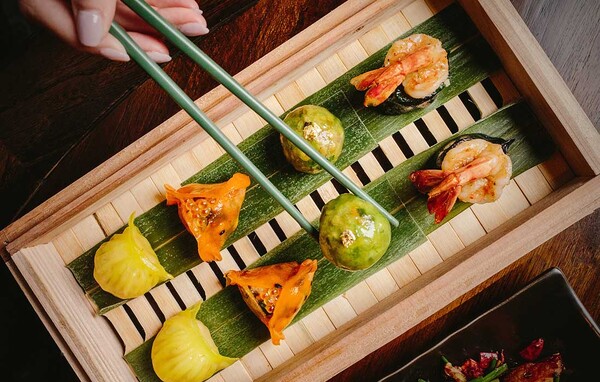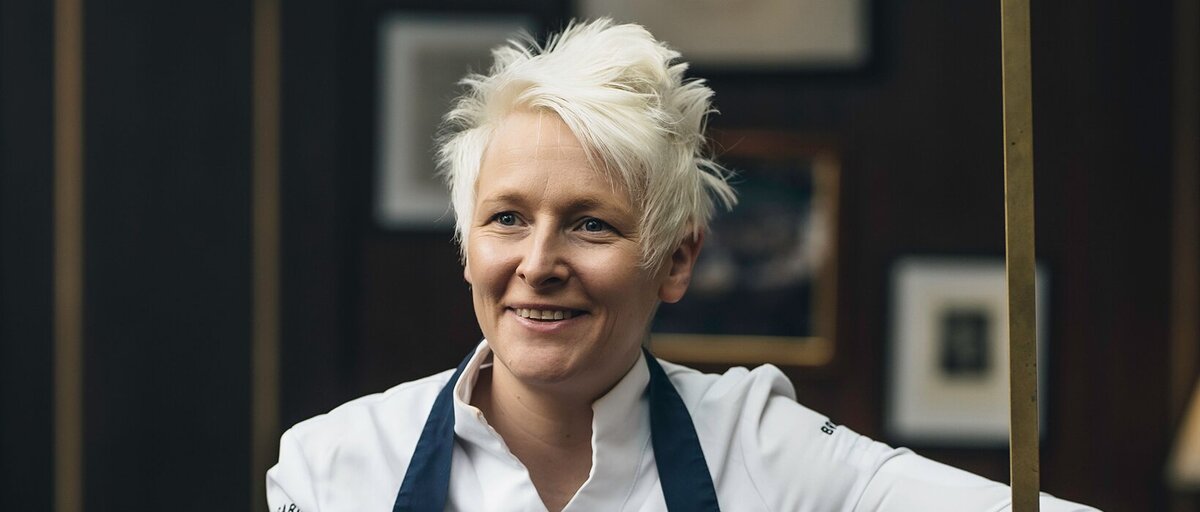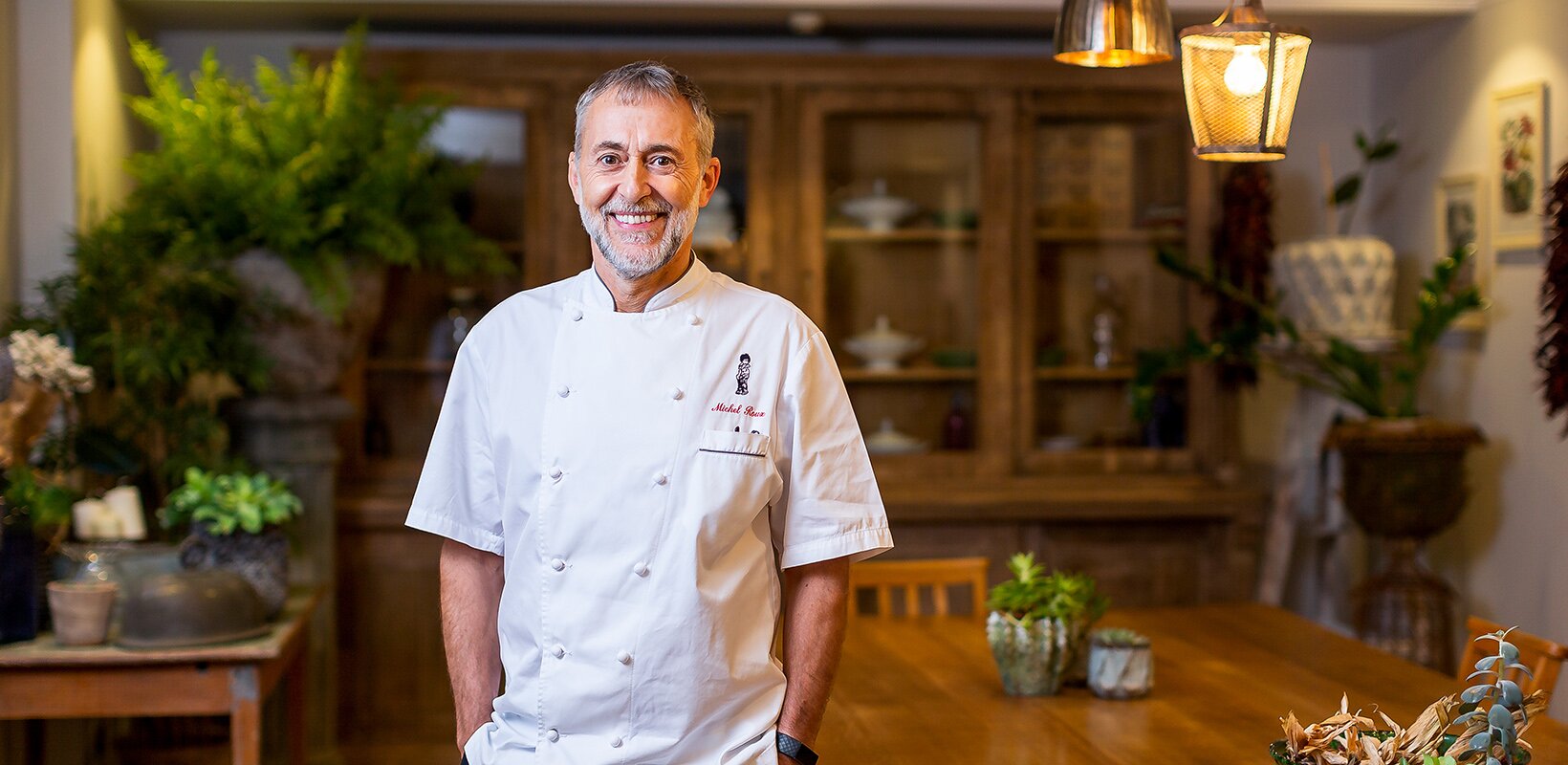Getting the most out of your microwave
A microwave oven is a useful piece of equipment in a commercial kitchen and any chef should know what they're capable of to get the best - and avoid the worst - from them.
The magnetron is at the heart of the microwave oven. It takes mains electricity and boosts it to around 3,000V then converts that into waves of energy that vibrate at a frequency of 2.5Ghertz. Microwaves, like all other waves, have an affinity for things that vibrate at a similar frequency - which in this case happens to be anything with moisture content. So, when you fire microwaves at food it makes the water molecules in it vibrate, creating the heat that cooks it.
The microwaves hit the surface of the food item and heat molecules up to a depth of about 35mm. Cooking at depths further than this is done by heat being conducted inwards from this layer. So, if a food item conducts heat well - like frozen food, which is solid and has a high moisture content - it will heat all the way through quite quickly, whereas dry, less dense items will heat less efficiently. The only thing that is heated in a microwave is the food. The air inside the cavity remains at room temperature, so no crust will form as it would with other cooking methods. When the microwave oven is switched off, the vibration imparted to food ceases and the cooking process stops.
Microwaves can conduct unevenly from their initial contact point and hot and cold spots may be caused. To ensure that microwaves hit the food in the most even pattern possible, ovens use rotating stirrers to move waves around. If cold spots remain, bacteria can survive - so if you want to cook large, irregularly-shaped foods you should give serious thought to how they're arranged and whether they need stirring or turning.
Microwaves are not compatible with the molecules in metals and will not pass through metal dishes and plates. In fact, if you put a metal container in a microwave oven it will produce sparks. This "arcing" is like miniature lightning that is created when the air between the metallic outer walls and the metal utensil become filled with electrical charge.
Power ratings
Microwave ovens differ by power rating, size and the combination of microwave and other heat sources. The power rating of a microwave oven determines how long it will take to heat food. Domestic ovens range from around 600W to 900W, while commercial microwaves can muster up to around 2kW of power. The highest wattages will be found only in the largest capacity ovens because they can safely absorb high levels of energy in the volume of food they hold. It is possible to create magnetrons much more powerful than those found in microwave ovens but the sudden application of extremely high wattages would just destroy the food. Within those limits, the greater the wattage the faster the heating time, so you'll need to assess your requirements according to the number of portions you expect to serve.
Commercial and domestic ovens differ by the number of magnetrons they have and how microwaves are distributed around the cavity. Commercial ovens often have two or more. They will also be made to higher specification than domestic ovens to make them more efficient and withstand frequent use. The magnetrons in domestic ovens will not be as efficiently cooled, for example, and will not cope with continuous operation, which can quickly lead to a drop in energy output. Don't be tempted to try to save money by buying a domestic microwave instead of a commercial one. It will be less soundly built overall and its warranty could be invalid if you use it in a commercial kitchen.
The most sophisticated microwave ovens are found in combination with other heat sources in "rapid cooking systems". These augment microwave power with hot-air convection systems and in some cases use lightwaves from powerful halogen lamps that penetrate the food and can brown and crisp the outside. These let microwave technology do what it is good at - defrosting, for example - while allowing roasting, baking and grilling in the same device.
Other features
Microwave distribution - Stirrer fans and turntables which rotate the food are common methods of distributing microwaves around the oven. Be aware that turntables will take up space in ovens and cut down their quoted capacity.
Capacity - Most commercial ovens have a capacity of 1/2 gastronorm but some can take full gastronorm trays. Smaller ovens will be a little more efficient and take up less space in the kitchen.
Door design - Side-hinged doors are quite common but can be a problem where they open into walkway space. This type of door can also drop over time and become misaligned. Pull-down doors also intrude into aisles but can provide a useful surface when loading and unloading the oven. Pop-up doors can be set to open when heating is finished and don't protrude into gangways.
Controls - Power levels can be set as a percentage of full power or at half, full or defrost levels. Controls are almost always programmable so cooking sequences matched to potentially hundreds of different menu items can be keyed in easily - for example, giving a short burst of high power to heat the outer layers of food then a lower power period to keep heat entering the food item while the core is heated by conduction from the initial blast. Controllability is getting more sophisticated all the time and recipe programmes can be downloaded for hundreds of different menu items from manufacturers' websites and loaded into an oven's memory chip from a laptop computer. Digital control panels will often also show up fault codes if anything goes wrong with the oven.
Choosing the right power rating - Light-duty - Power rating of 900-1,100W. Suitable for caf‚s, satellite kitchens.
- Medium-duty - Power rating of 1,100-1,500W. Suitable for restaurants using a microwave occasionally, a busy caf‚ or leisure centre.
- Heavy-duty - Power rating of 1,500-1,900W. The most popular power rating in catering. Suitable for busy pubs, hotels or staff catering.
- Extra-heavy duty - Built to accommodate large amounts of food and can take up to 1/1 gastronorm tray.






















